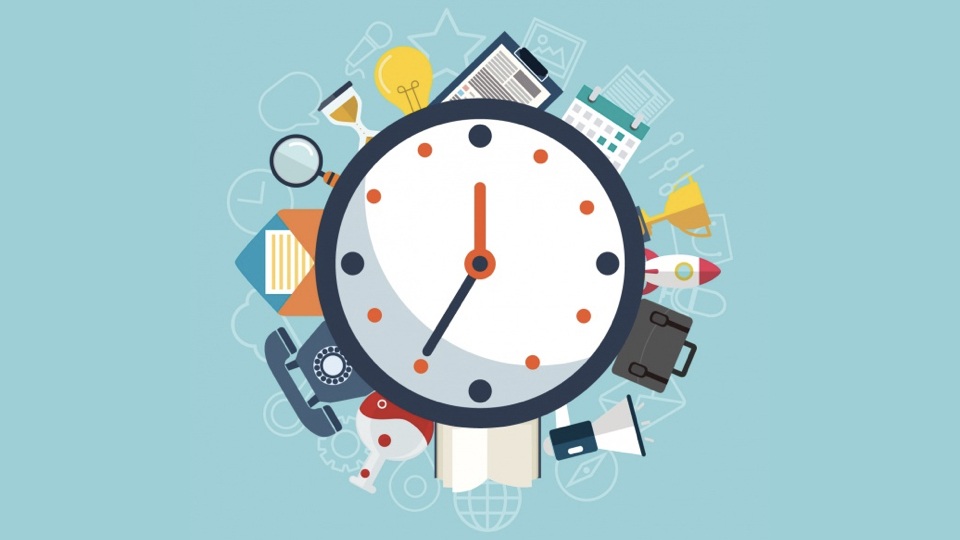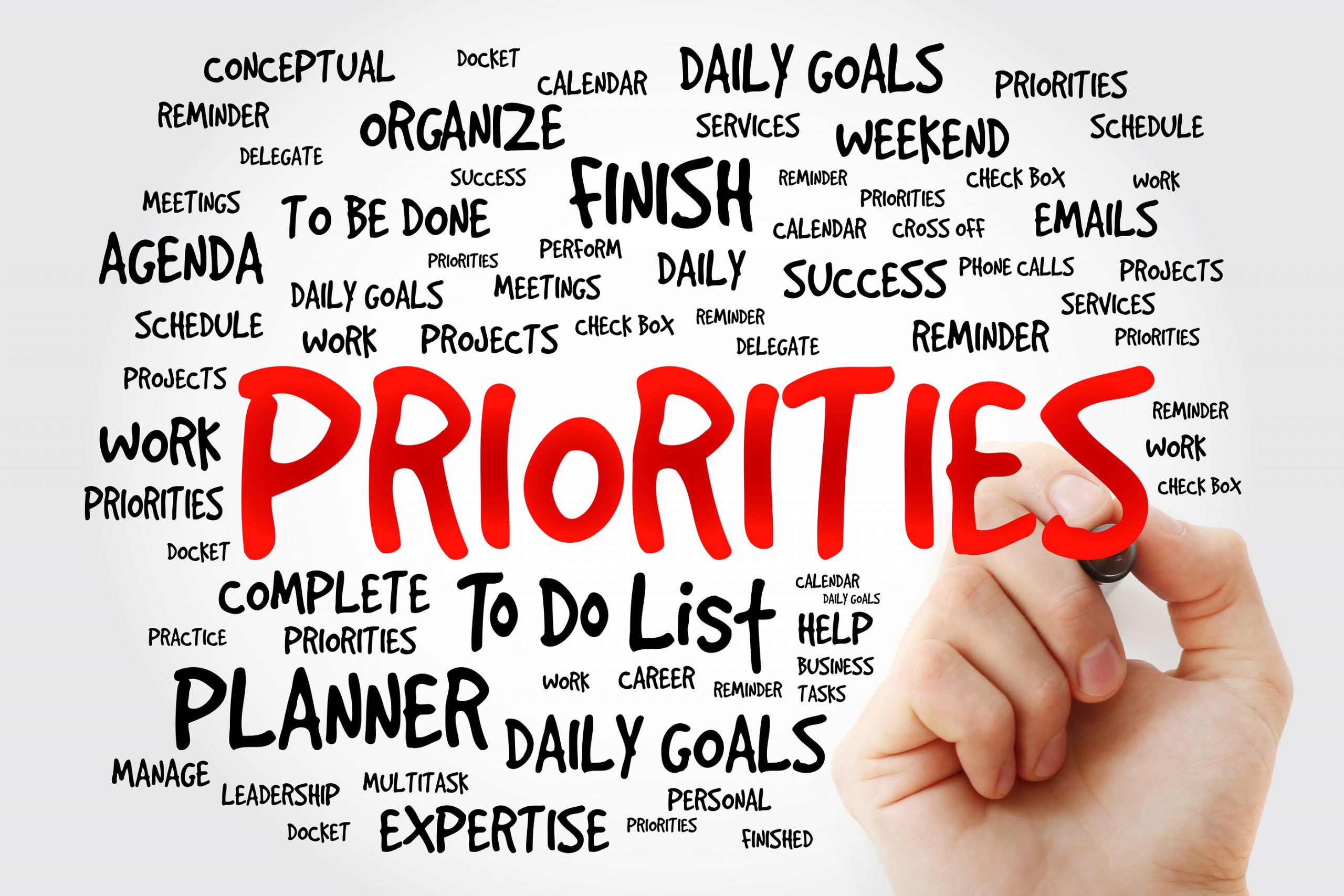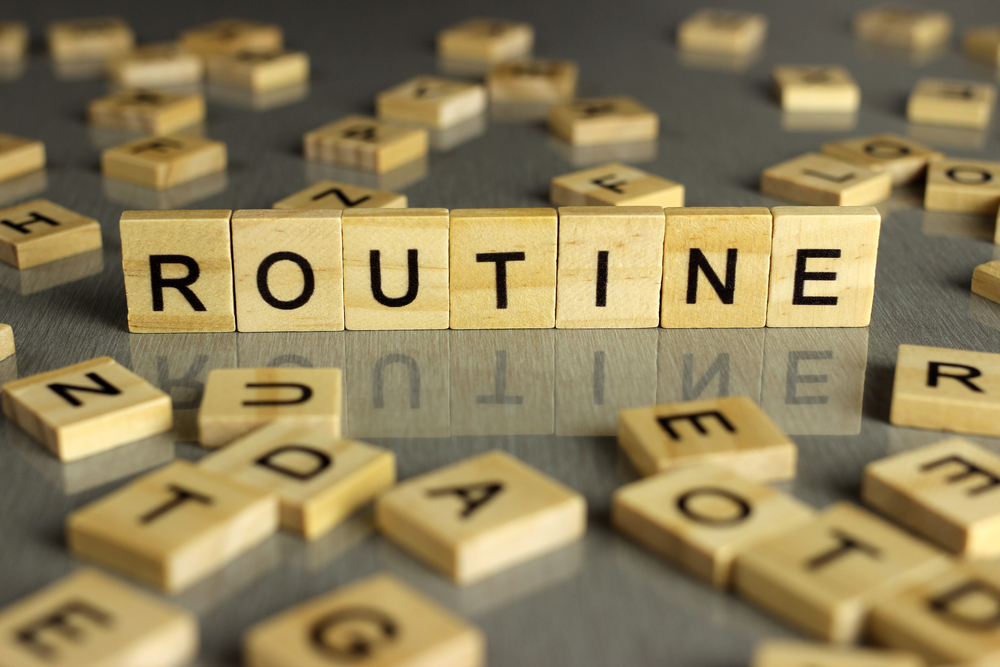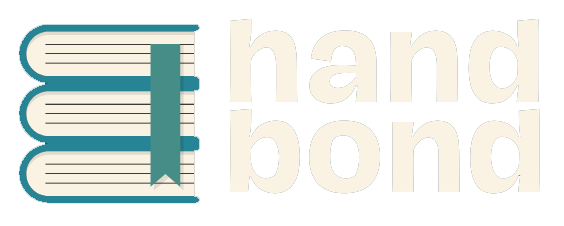Best Explanation 2024: How to Build a Routine with Your Planner

Introduction
How to Build a Routine with Your Planner
Consistency is key when it comes to productivity, personal growth, and time management. Building a daily routine with the help of your planner can be a game-changer in how you approach your tasks, goals, and even self-care. In this Best Explanation 2024, we’ll walk you through how to effectively build a routine with your planner to stay organized, focused, and balanced throughout the year.
1. Why Routines Matter
How to Build a Routine with Your Planner

Before diving into the technicalities of building a routine, it’s important to understand why routines are essential:
- Increase Productivity: A well-structured routine helps you prioritize important tasks and avoid distractions.
- Reduce Stress: Knowing what’s coming next alleviates the anxiety of last-minute planning.
- Develop Good Habits: Consistency builds habits, which leads to long-term success in various areas of life—whether it’s work, fitness, or personal growth.
- Better Time Management: A routine gives you control over your time, ensuring that no minute is wasted.
Using a planner as the foundation for your routine can transform your daily life into a well-oiled system where you know exactly what needs to be done and when.
2. Start with Your Priorities
How to Build a Routine with Your Planner

Before you start planning your routine, identify your priorities. What are the most important areas of your life that you want to focus on? These could be:
- Work: Meeting deadlines, managing projects, and daily tasks.
- Personal Development: Time for learning, reading, or new skills.
- Health: Exercise, meal planning, and rest.
- Self-Care: Time for relaxation, hobbies, or spending time with loved ones.
Once you’ve identified your key areas, it’s easier to map out a routine that ensures you’re making time for the things that matter most.
3. Choose the Right Planner for Your Routine
How to Build a Routine with Your Planner

Not all planners are created equal. Depending on your routine and lifestyle, you’ll want to choose a planner that fits your needs:
- Daily Planners: If you have a busy day-to-day schedule and need to track your routine on an hour-by-hour basis, a daily planner with time slots will help you keep everything in check.
- Weekly Planners: If your routine spans across different days, a weekly planner might give you the flexibility to see your tasks and commitments over a longer period.
- Monthly Planners: For those focused on high-level goals and milestones, a monthly layout will give you a bird’s-eye view of important events and deadlines.
Handbond Tip: Check out Handbond’s 2024 planner collection, featuring a variety of planner layouts to help you stay organized and stick to your routine.
4. Map Out Your Ideal Routine
How to Build a Routine with Your Planner
Now that you have your priorities and planner ready, it’s time to map out your ideal routine. Start by breaking down your day into sections, such as:
- Morning Routine: Mornings set the tone for the rest of the day. Use this time for tasks like exercise, meal prep, or a quick review of your daily goals.
- Work or Study Hours: Schedule blocks of time dedicated to focused work or study, broken up by short breaks to maintain productivity.
- Afternoon Routine: This could be the time to tackle personal projects, errands, or spend time on hobbies.
- Evening Routine: Wind down with self-care, time with family, or reflective journaling before heading to bed.
Pro Tip: Be realistic about your time! Don’t overstuff your planner with too many tasks. Make sure you’re leaving room for rest and unexpected changes.
5. Break Down Tasks into Manageable Steps
How to Build a Routine with Your Planner
One of the biggest reasons people struggle with routines is that they try to accomplish too much at once. Instead, break down larger tasks into smaller, more manageable steps. Use your planner to organize these tasks so that you can track your progress:
- Goal: Complete a work project
- Step 1: Research
- Step 2: Outline
- Step 3: Write draft
- Step 4: Edit and finalize
Breaking tasks down into actionable steps makes them less overwhelming and easier to fit into your daily or weekly routine.
6. Set Time Blocks for Your Activities
How to Build a Routine with Your Planner
Time-blocking is a proven method to improve productivity and ensure that your day flows smoothly. This involves assigning specific tasks to set periods throughout the day. Here’s how to do it with your planner:
- Morning: 6:30 AM – 7:30 AM: Exercise
- 7:30 AM – 8:00 AM: Breakfast and review planner
- 8:00 AM – 12:00 PM: Focused work tasks
- Afternoon: 12:00 PM – 1:00 PM: Lunch
- 1:00 PM – 4:00 PM: Meetings or personal projects
- Evening: 4:00 PM – 6:00 PM: Errands or personal time
- 6:00 PM – 7:00 PM: Dinner
- 7:00 PM – 9:00 PM: Relaxation or self-care
By dedicating specific blocks of time to each activity, you create a clear structure to follow every day, making your routine more effective and sustainable.
7. Build Flexibility into Your Routine
How to Build a Routine with Your Planner
Life is unpredictable, so it’s important to allow some flexibility in your routine. While it’s great to have a plan, leave room for adjustments, especially when things don’t go as expected. If something urgent comes up, don’t stress—just shift tasks around or prioritize what’s most important.
Pro Tip: Use sticky notes or erasable pens in your planner to make changes as needed without making your planner look messy.
8. Track Your Progress
How to Build a Routine with Your Planner
One of the best features of using a planner is the ability to track your progress. As you go through your day, check off completed tasks and note your progress toward goals. This not only helps you stay motivated but also gives you a sense of accomplishment. Plus, tracking your habits in your planner helps you build consistency.
Handbond Tip: Many of Handbond’s planners come with built-in habit trackers and goal-setting sections to help you stay on track with your routine.
9. Reflect and Adjust
How to Build a Routine with Your Planner
At the end of the week or month, take time to reflect on your routine. What worked? What didn’t? Adjustments may be necessary to fine-tune your routine to better fit your lifestyle. The beauty of using a planner is that you have a visual representation of your progress, and you can easily see where improvements can be made.
- Reflect on Accomplishments: What goals did you achieve?
- Identify Obstacles: What tasks or habits were difficult to stick to?
- Plan Adjustments: How can you make your routine more efficient or enjoyable?
Conclusion
How to Build a Routine with Your Planner
Building a routine with your planner is one of the most effective ways to stay organized, boost productivity, and maintain balance in your life. By prioritizing your key areas, breaking down tasks, time-blocking, and tracking your progress, you can create a routine that works for you. And with Handbond’s 2024 planner collection, you’ll have all the tools you need to start your journey toward better organization and success.
Follow Us:
https://x.com/Handbondshop
https://pinterest.com/handbondshop/
Tags:
Planner routine, How to Build a Routine with Your Planner, daily routine, productivity, time management, goal setting, morning routine, habit tracking, How to Build a Routine with Your Planner, work-life balance, time-blocking, Handbond planners, how to use a planner, How to Build a Routine with Your Planner,
